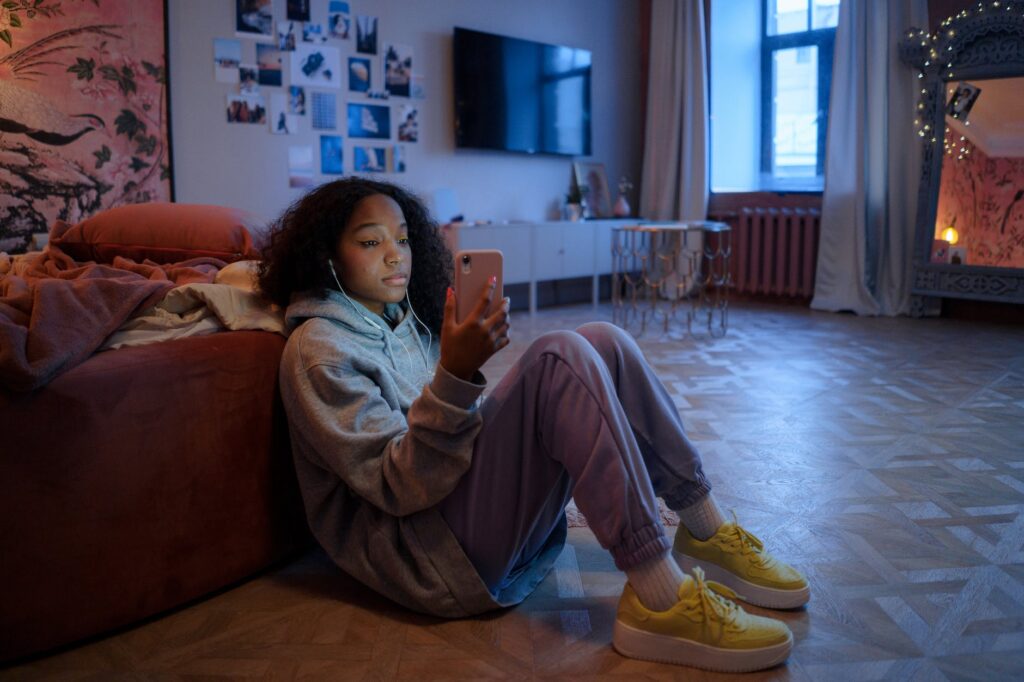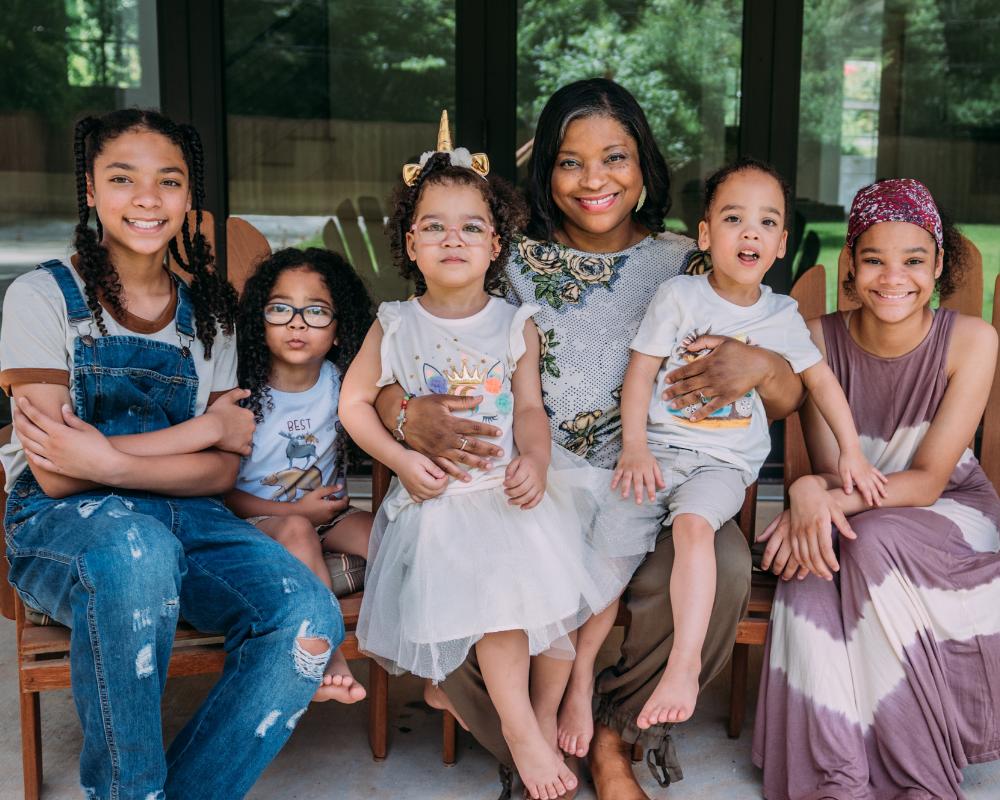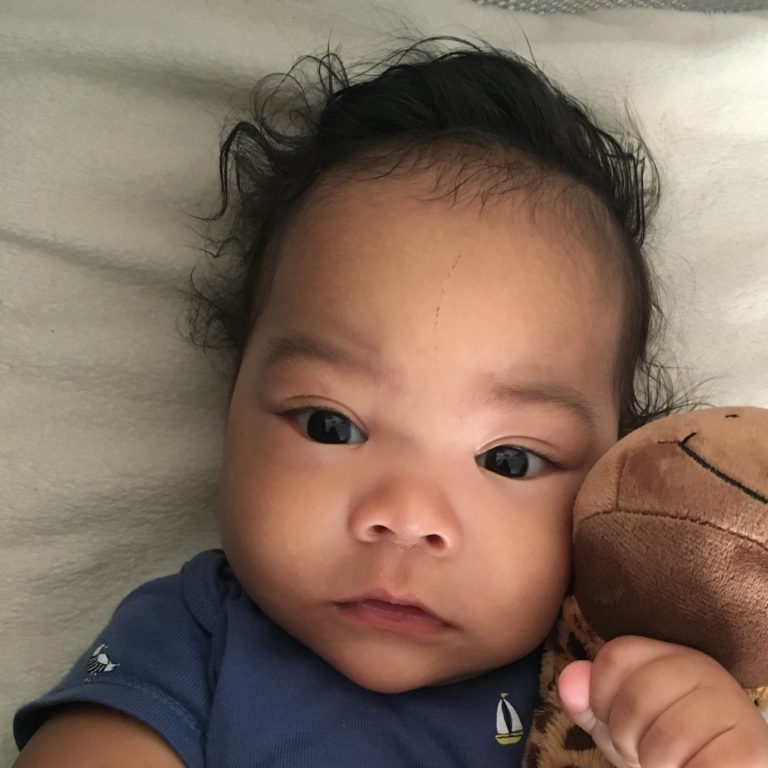Are you a teenager looking for a productive summer project? Look no further! In this article, we will explore the exciting and transformative journey of decluttering your room. Decluttering not only helps create a clean and organized living space but also promotes a sense of calm and clarity in your mind. So, get ready to roll up your sleeves, put on your favorite music, and embark on this great teen summer project!
Why should you prioritize decluttering your room?
Decluttering your room offers numerous benefits that go beyond just having a tidy space. Let’s delve into some compelling reasons why you should consider decluttering:
- Create a peaceful sanctuary: Your room is your personal haven. By decluttering, you create a serene environment that promotes relaxation and rejuvenation.
- Boost productivity: A cluttered room can be overwhelming and distracting. Clearing the clutter allows you to focus better and enhances your productivity.
- Rediscover lost treasures: You may come across forgotten treasures buried under piles of stuff. Decluttering helps you unearth valuable items and rediscover their significance.
- Enhance mental well-being: An organized space leads to an organized mind. Decluttering can reduce stress and anxiety, fostering a positive mindset.
- Improve sleep quality: A clutter-free room sets the stage for better sleep. With a serene environment, you can enjoy uninterrupted rest and wake up refreshed.
How to Begin Your Decluttering Journey
Starting a decluttering project may seem daunting, but fear not! With the right approach, you can breeze through the process. Let’s break it down step by step:
Step 1: Set Goals and Make a Plan
Before diving headfirst into decluttering, it’s essential to establish goals and create a plan. Ask yourself the following questions:
- What do I want to achieve with this project?
- Which areas of my room require the most attention?
- How much time can I dedicate each day to decluttering?
- Am I making space for any special areas in my room, like a reading nook, for example?
By setting goals and making a plan, you’ll have a roadmap to guide you through this process.
Step 2: Sort and Categorize
To tackle the clutter effectively, start by sorting and categorizing your belongings. Here’s how you can go about it:
- Keep: Identify items that you want to keep. These are things that are meaningful, serve a purpose, or bring you joy.
- Donate: Items in good condition that you no longer need or use can be donated to charities or local organizations. Someone else may find them useful.
- Sell: If you have valuable items that you no longer need, consider selling them online or organizing a garage sale. It’s a great way to declutter and earn some extra cash.
- Trash: Dispose of broken or irreparable items. Be mindful of the environment and recycle whenever possible.
Step 3: Declutter by Category
Now that you’ve sorted your belongings, it’s time to declutter them by category. Begin with the following categories:
Clothes
Start with your wardrobe. Take out each piece of clothing, hold it in your hands, and ask yourself some questions about it. I really like this list of questions from The Spruce (Check out the complete article here. https://www.thespruce.com/how-to-declutter-the-closet-2648420):
- Do I love it?
- Do I wear it?
- Does it project the image I want?
- Does it itch or scratch?
- Does it pinch my toes? Are the heels too high to walk in? (Or for teens…is it uncomfortable to wear?)
- Is it moldy? Smelly? Stained?
- Does it fit?
Based on the answers to these questions, keep the item; otherwise, consider donating or selling it.
Books
Organize your bookshelf and assess each book. Are there any you’ve outgrown or no longer resonate with you? Pass them on to someone who will appreciate them.
Sentimental Items
Sentimental items hold special meaning but can accumulate over time. Keep those that truly evoke cherished memories and let go of others that no longer serve you. But be sure to create a beautiful and tidy way to store these treasures.
Miscellaneous Items
Finally, tackle miscellaneous items such as assorted papers, accessories, gadgets, and knick-knacks. Be ruthless in determining their usefulness or sentimental value.
Step 4: Create Storage Solutions
As you declutter, consider implementing storage solutions to keep your room organized in the long run. One important thing to note here…if it doesn’t have a home, it will end up in a clutter pile again. Here are a few ideas:
- Utilize bins, baskets, boxes and/or shelves to store items neatly.
- Install floating shelves or wall organizers to maximize vertical space. Get your parents to help you with this.
- Label containers to easily identify their contents.
Creating storage systems will help maintain the organization you’ve achieved and prevent clutter from building up again.
Frequently Asked Questions (FAQs)
- How long will the decluttering process take?
The duration of the decluttering process varies depending on the size of your room and the amount of clutter. It’s best to allocate a realistic amount of time each day and work steadily towards your goal.
- Can I declutter my room alone, or should I involve my parents?
Decluttering is a personal journey, and you can certainly do it alone. However, involving your parents can be helpful, especially if you need their permission to donate or sell certain items, and to create storage solutions.
- What if I feel overwhelmed during the decluttering process?
It’s natural to feel overwhelmed, especially when facing a large amount of clutter. Take breaks when needed, and remember to celebrate small victories along the way. Reach out to friends or family for support if you need it.
- How often should I declutter my room?
Decluttering is not a one-time task. Aim to declutter regularly, perhaps every few months, to prevent clutter from accumulating again.
- What should I do with sentimental items I don’t want to let go of?
If you have sentimental items that you don’t want to keep in your room, consider storing them in a memory box or giving them to a trusted family member who can keep them safe. Your parents may have a solution for this issue as well, but be sure to deposit everything in a safe storage bin before it’s put into another room. In that way, your special items can remain in good shape.
- How can I maintain an organized room after decluttering?
Developing good habits is key to maintaining an organized room. Dedicate a few minutes each day to tidying up, and avoid bringing unnecessary items into your space. Regularly reassess your belongings to prevent new pileups. And this bears mentioning again…if it doesn’t have a home, it will end up in a clutter pile again.
Conclusion
Congratulations! You are doing something that will greatly improve your quality of life in your special place at home. Your room is your safe space. By embarking on this journey, you will have transformed your living space into a sanctuary of peace and tranquility. Remember, decluttering your room is not just about physical belongings—it’s a mindset shift that fosters organization and clarity in all aspects of life. So, go ahead, inspire your friends, and let this summer project be the start of an organized and clutter-free future!









